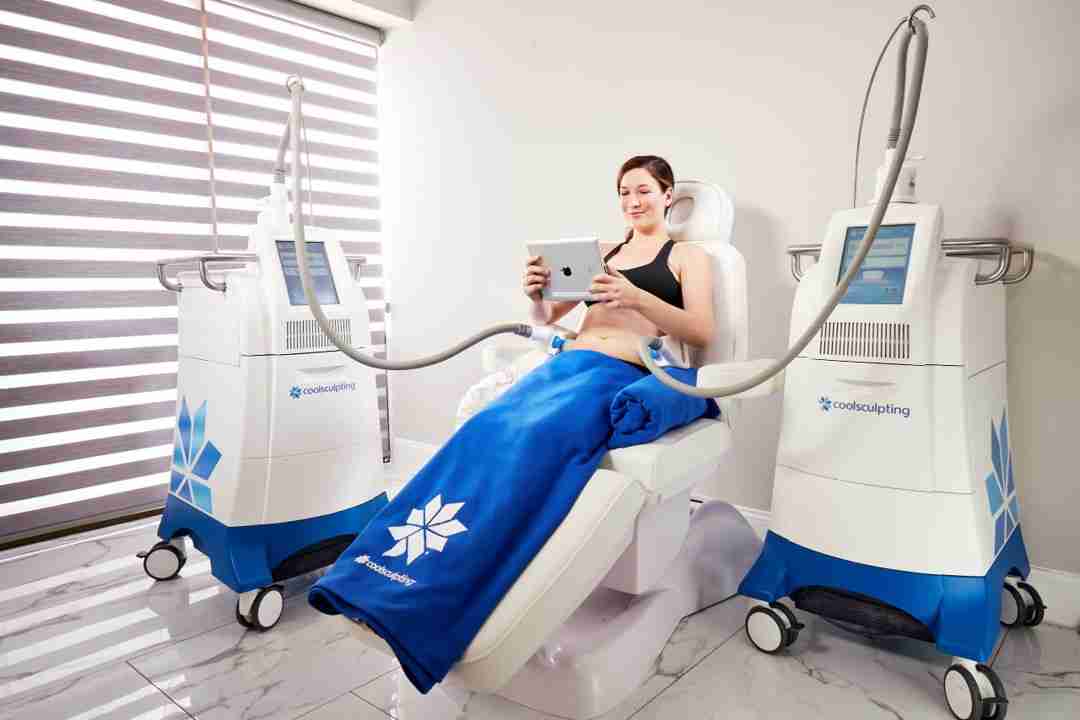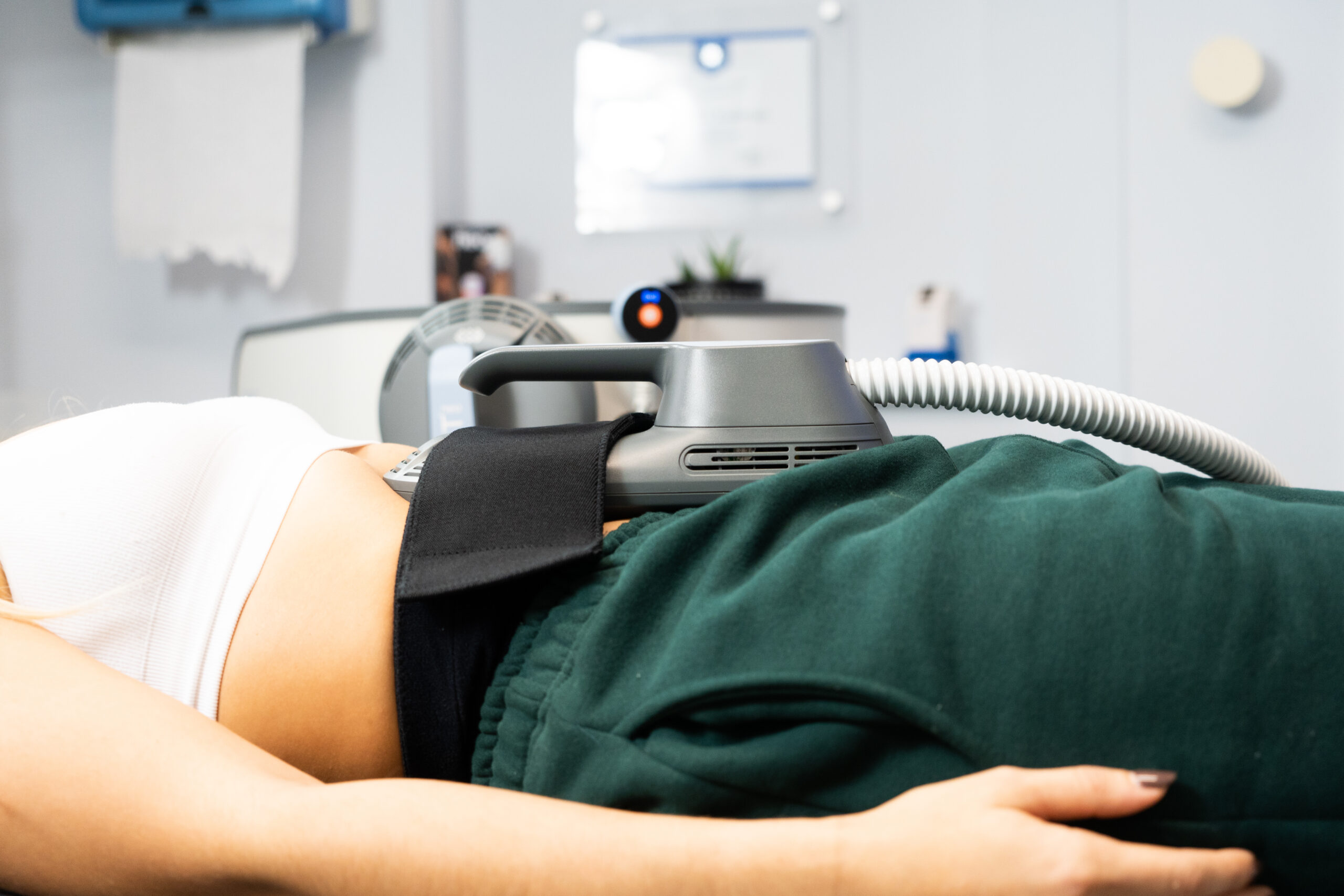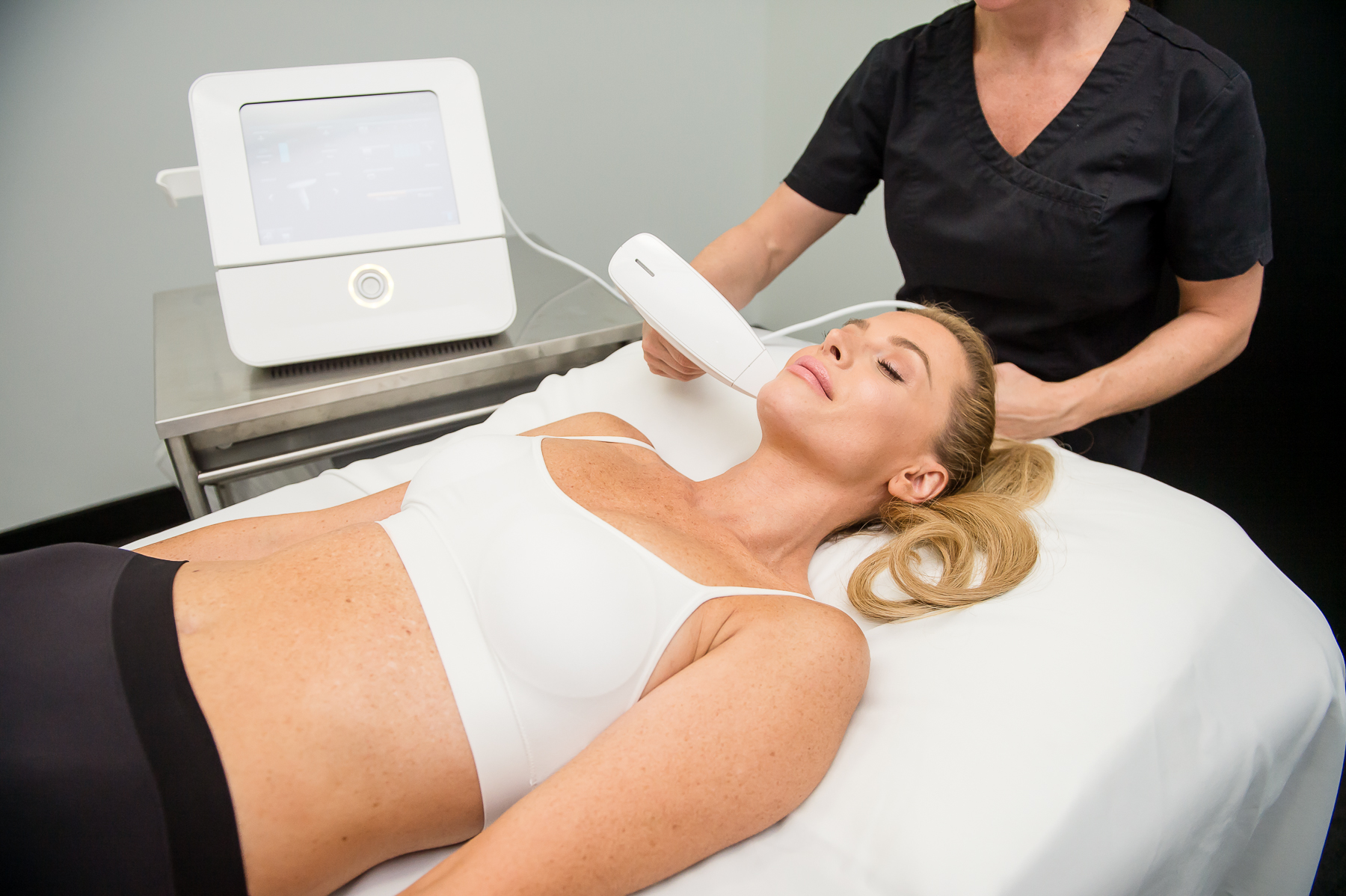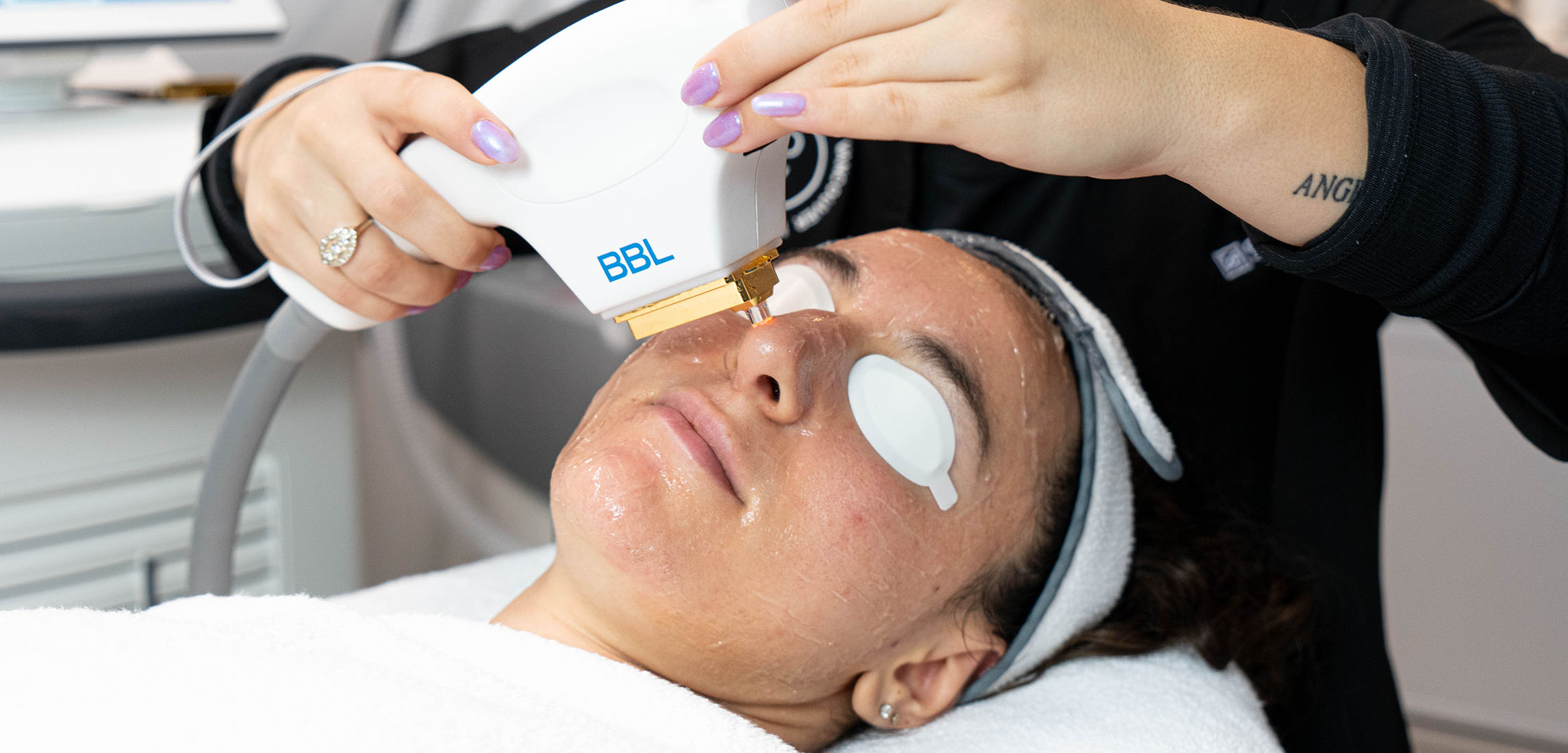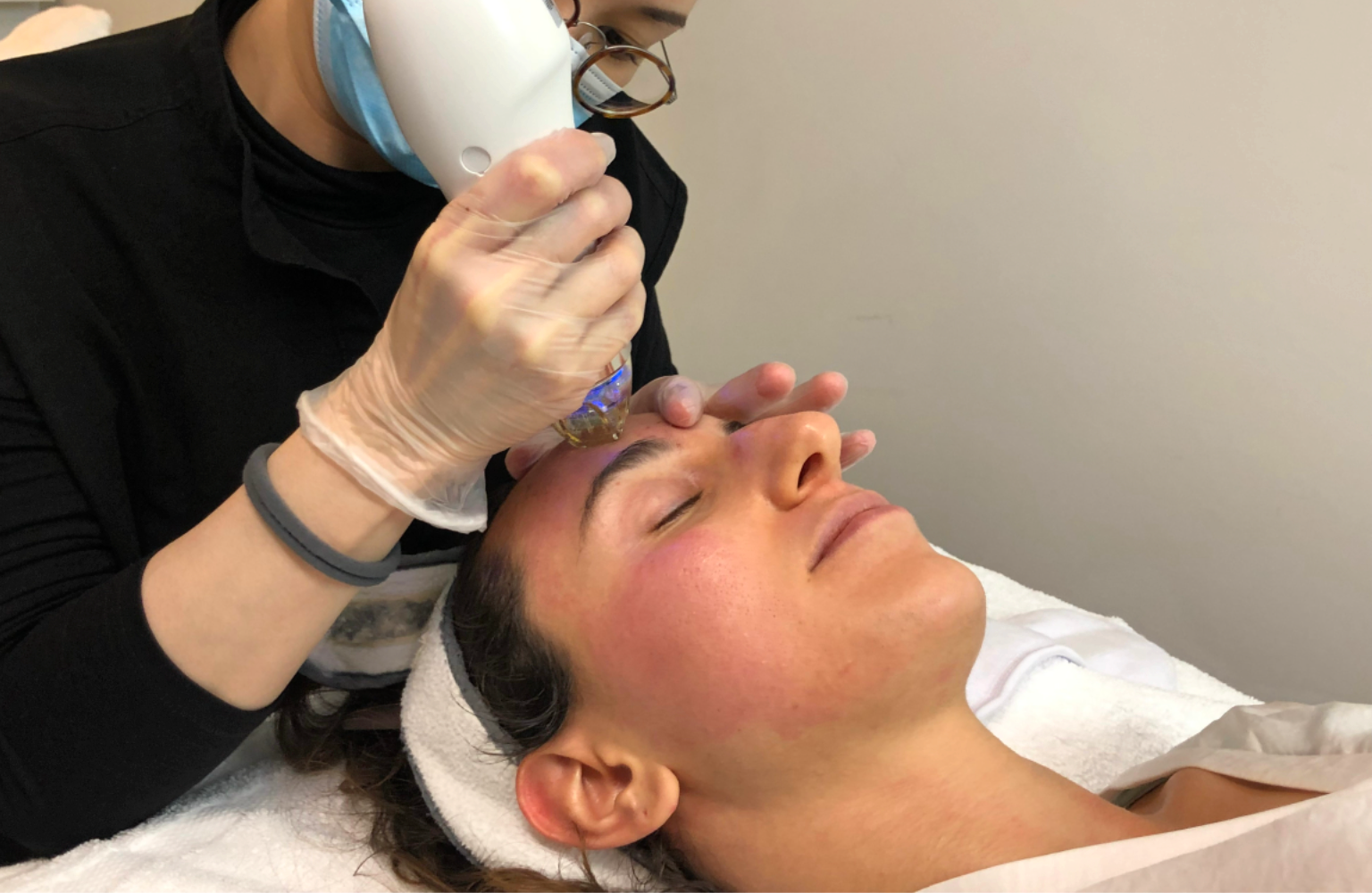BENEFITS
- Reduces pain in areas affected by injuries, arthritis, and tendonitis
- Accelerates the healing process by stimulating the body’s natural healing mechanisms
- Non-surgical, minimally invasive treatment
- Low risk of side effects and can provide long-lasting results

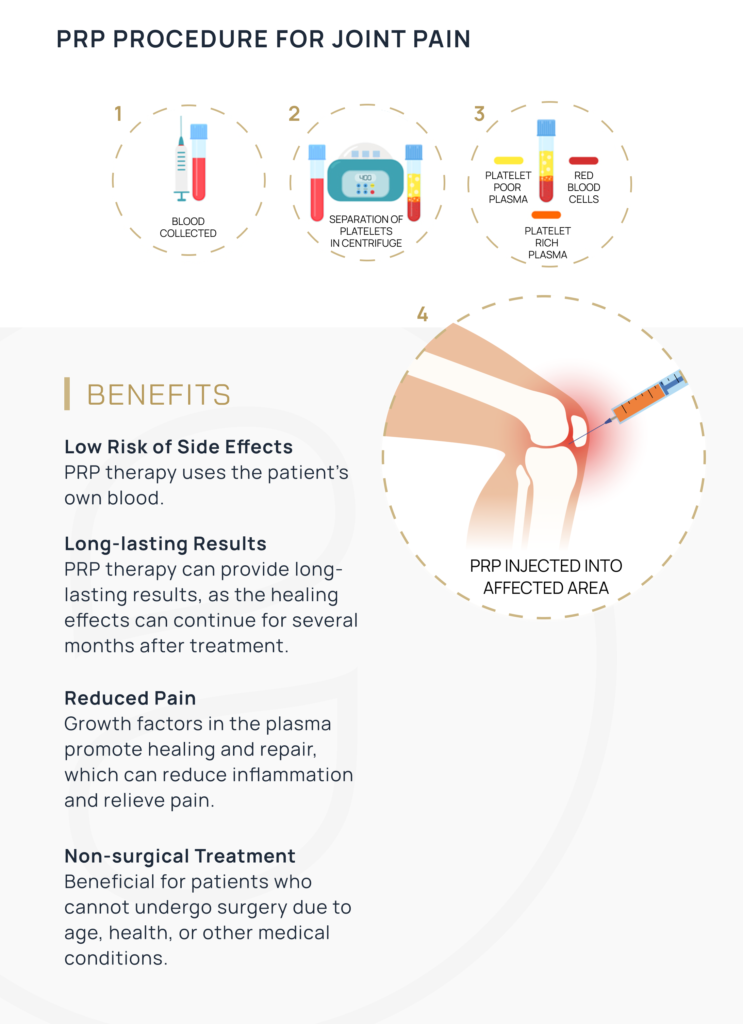
Treatable Areas
PRP injections can be used to treat joint injuries in different parts of the body, such as the knees, shoulders, hips, ankles, and elbows. This treatment can help with issues like osteoarthritis, torn meniscus, ligament injuries, rotator cuff tears, tendinitis, ankle sprains, and elbow-related problems like tennis elbow and golfer’s elbow.
All treatments are administered by Dr. Teri Fisher, who is a highly skilled and experienced aesthetic and sports medicine physician. PRP injections are conducted under ultrasound guidance, enabling precise targeting of the treatment area for increased injection accuracy and efficacy.
To learn more about Dr. Teri Fisher, click here.
Please note: X-rays must be taken before consulting with Anti-Aging, and additional imaging tests such as ultrasound, MRI, or MRA may also required. We do NOT treat neck, back and hip conditions.
RESULTS
- PRP injections can help reduce inflammation and promote tissue healing, which can lead to improvements in pain levels and joint function.
- Some patients have experienced a reduction in pain and stiffness, increased mobility, and faster recovery times after receiving PRP therapy.
Also learn how PRP can be used to treat mild to moderate thinning hair.
Also learn how PRP can be used for face rejuvenation.
Assessment Process
Steps to take if diagnosis or x-rays are not available
Please see your family doctor or make an appointment at Old Orchard Medical Clinic for an initial assessment/diagnosis and to get x-rays done. Please have your x-rays (and other imaging studies) done at one of the local hospitals or at one of the West Coast Medical Imaging locations. This will ensure that we will be able to access your x-rays online when you come to our clinic.
The closest West Coast Medical Imaging clinic to our clinic is the Arbutus location at:
2184 West Broadway, Unit #390
Vancouver, BC V6K 2E1
Phone: 604-731-2200
Requirements for patients with prior diagnosis and x-rays
If you possess prior imaging reports, kindly get in touch with us to book your personal musculoskeletal injection evaluation with Dr. Fisher. Please be sure to bring any imaging reports that you have (e.g. x-rays, ultrasounds, MRI, MRA, CT scans), particularly if they were not done at one of the locations listed above.
At the consultation, Dr. Fisher will review your history, do a focused sports medicine physical exam, review your imaging, discuss your diagnosis, outline the pros and cons of the various injections, and make a recommendation of the type of injections that would be the most appropriate for your condition.
Depending on your specific situation, Dr. Fisher will either go ahead and perform the ultrasound-guided injection at that time, or we will schedule a future appointment for the injection (and for subsequent injections, if necessary).
A follow-up appointment (included in the injection fee) will be scheduled approximately 2 weeks after your final injection.

Frequently asked questions
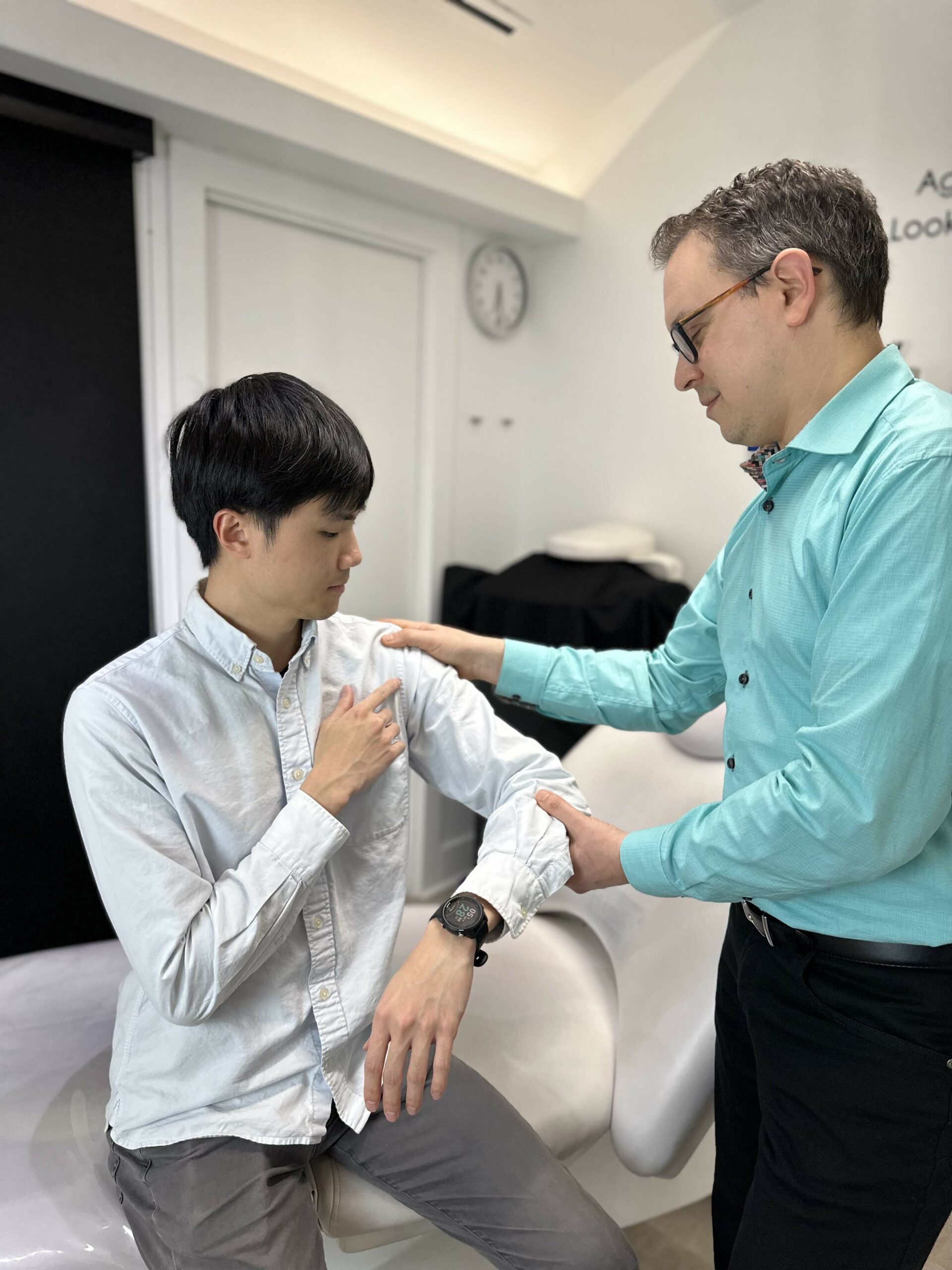
Additionally, before the consultation, patients are required to have X-rays taken, and in some cases, an ultrasound, MRI, or MRA may also be necessary. This is important for the medical team at Anti-Aging to get a clear understanding of the patient’s condition and to determine the most effective course of treatment.
PRP injections can help reduce inflammation and promote tissue healing, which can lead to improvements in pain levels and joint function. Some patients have experienced a reduction in pain and stiffness, increased mobility, and faster recovery times after receiving PRP therapy.
However, it’s important to note that PRP therapy is not a guaranteed solution for every patient, and some may not experience significant improvements from the treatment. Additionally, the effectiveness of PRP therapy can depend on factors such as the location and severity of the injury, as well as the patient’s age and overall health.



